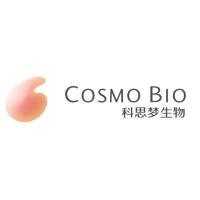Cryopreservation of Embryos: An Overview
互联网
632
Cryopreservation (liquid nitrogen, −196�C) is the only safe and cost-effective option for long-term �conservation of genetic resources of non-orthodox seed species. Cryopreservation protocols have been developed for various materials including seeds, dormant buds, cell suspensions, calli, apices, zygotic, and somatic embryos of numerous plant species. Zygotic embryos or embryonic axes of almost 100 different species and somatic embryos of almost 40 different species from both temperate and tropical climates, comprising crops, fruit, and forest trees as well as wild species, whose seeds displayed orthodox, intermediate, and recalcitrant storage characteristics, have been successfully cryopreserved. With zygotic embryos and embryonic axes, the desiccation technique has been used with the majority of the species tested, leading to highly variable survival and recovery after freezing, especially during earlier experiments. More recently, new cryopreservation techniques viz. encapsulation-dehydration and vitrification have been employed, leading to generally improved results. With somatic embryos, different cryopreservation methods have been used viz. desiccation, pre-growth-desiccation, encapsulation-dehydration, vitrification, encapsulation-vitrification, and droplet-vitrification. There are also a few examples of the utilisation of slow controlled freezing, which correspond to the earlier experiments performed with somatic embryos. The development and application of cryopreservation is significantly more advanced for somatic embryos, in comparison with zygotic embryos, mainly because of the different origin and characteristics of the species treated. In most cases, zygotic embryos originate from tropical, wild species, for which knowledge and techniques relevant to the development of cryopreservation protocols are limited, or even non-existent. By contrast, somatic embryos are generally produced from cultivated species, which have already been studied extensively and for which propagation techniques are already operational. A number of technical possibilities to explore exist in order to improve the development of cryopreservation protocols for zygotic embryos and embryonic axes. For both categories of materials, the utilisation of analytical techniques has proved to be extremely useful to assist in the development of cryopreservation protocols.








